Managing Mental Health in Isolation
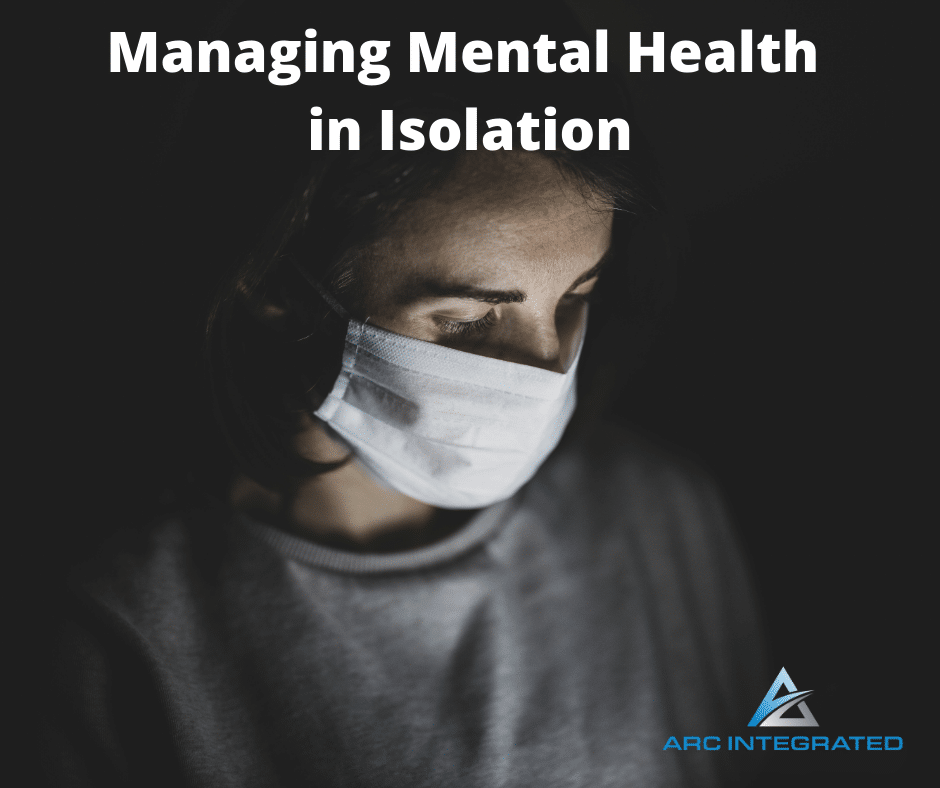
If you are reading this near it’s release, we are all in the midst of a global pandemic. Most places have shelter orders, social distancing or other regulations in place. It is an unusual time. It is a time where our mental health is even more of a priority than ever. During times of uncertainty, […]
2019 Highlights – 2020 Preview – Arc Integrated
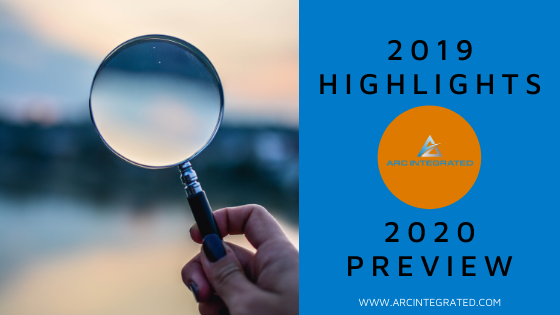
Greetings and Happy New Year! I hope that the first few weeks of 2020 have been a success. It was an exciting year in 2019 and there are some wonderful upcoming releases and events from Arc Integrated in 2020. As I look back on the last year, here are some the highlights of 2019: Traveled […]
The Best Listener at Work

You may wonder why being a good listener at work is really valuable. However, if you experiment with improving your workplace listening skills, you will see changes. In the fast past, high demand jobs so many of us have, really good listening may be something of a novelty. This may because of the ever-impending deadlines, […]
The Value of Showing Up

One of the first rules of life – show up. What does this mean exactly? I believe it can mean lots of things but perhaps first it means, give it your all. Always be participating in your life rather than being a passive observer. This is great advice, however, this article is more about […]
Corporate Training, Personal Development and Equine Therapy
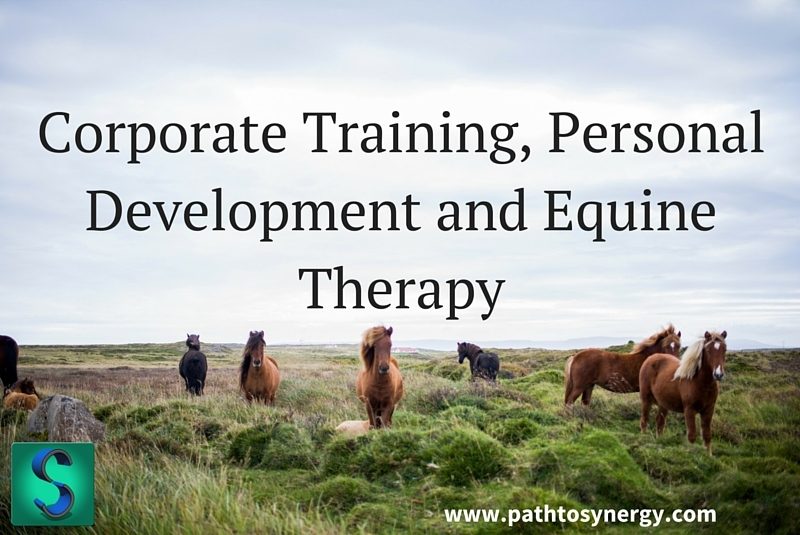
Based on the title you may be thinking that these things are totally un-related, but you’re here, so thank you! I lead a group therapy session a couple of times a week with about 10 attendees and the topic of animals and our connection to them recently came up. We discussed different kinds of therapy […]
Career for Recent Graduates

I was recently reminded of the stress, curiosity and overwhelm involved in finding a job after graduation. Determining how to navigate a career for recent graduates can be a daunting task with many questions, it certainly has been for me. There seems to be a definite commonality among this experience, whether its high school, college […]
Inspiration and Engagement in the Workplace
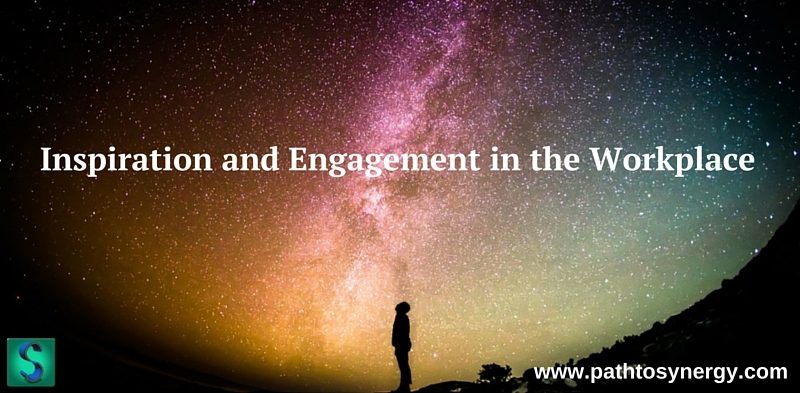
I recently wrote an article for a website called inspiremetoday.com. This article answered the question – “If you only had 500 words to share, what wisdom would you want to pass on to humanity” Of course this is a complicated question, but fun to answer. My answer consisted of ways to build inspiration, courage, congruence etc. […]
Where do you see yourself in 5 years

I was recently watching an interview that Tony Robbins did regarding Tips for Getting out of a Funk. It’s worth a watch. He talked about setting intention, living more consciously and goal setting…in addition to some reflection on our current economy. This had me thinking about the direction that I’m heading. I also was recently […]
The Best Way to Improve Productivity
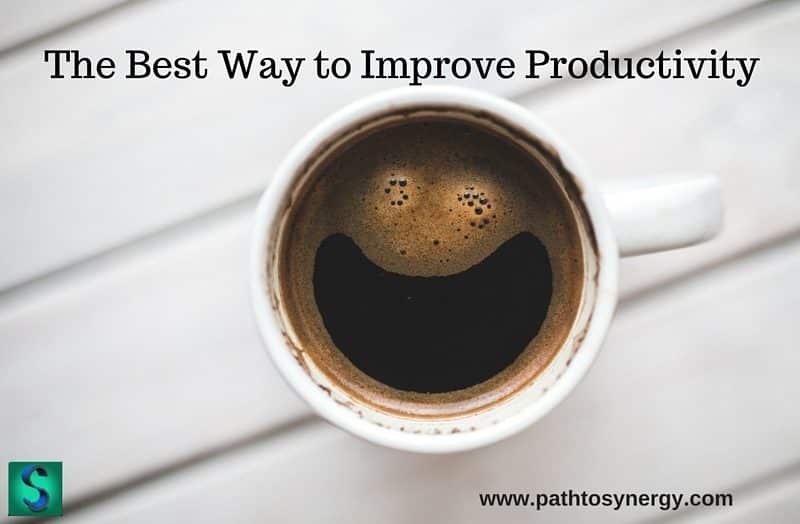
There are an endless amount of resources out there for how to improve productivity. In my search I did not find a definitive answer to the best way to improve productivity. I think there is an answer to this question though. The best way to improve productivity….is your way. Finding out ways to hack your […]
Meditation for the Individual and Organization
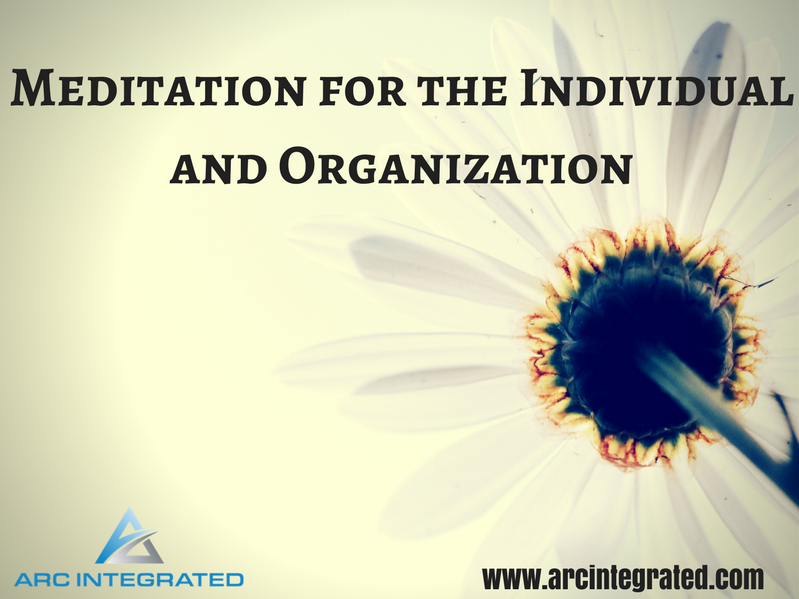
I have been meditating for some time. I have experienced a wide variety of meditation practices. Practices ranging from breathing exercises to guided meditation to qi gong, a Chinese based practice of held posture or soft movements related to energy cultivation. All of these have found to be valuable in particular ways. Mostly I practice […]